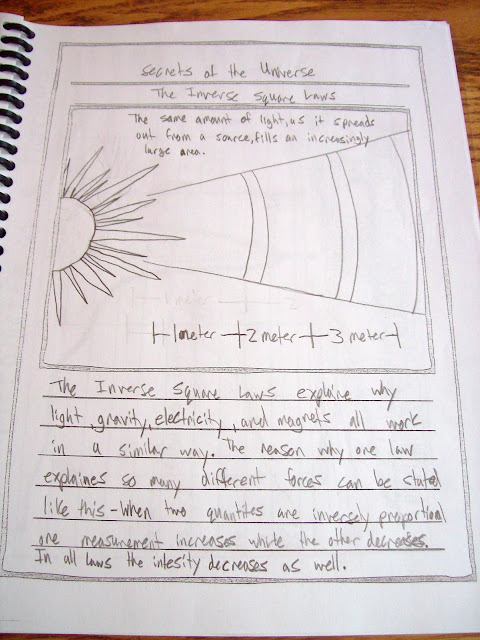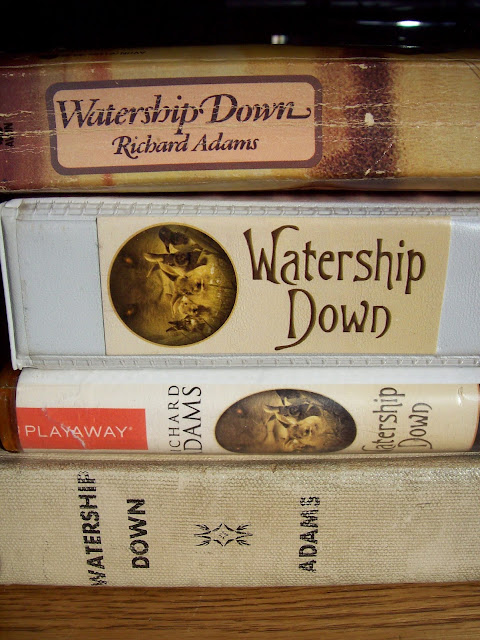
First, a little about IEW...
There are nine structural models of writing taught in the IEW writing programs, which will take you from the early primary grades through high school writing. These include:
Note Making and Outlines
Writing from Notes
Retelling Narrative Stories
Summarizing a Reference
Writing from Pictures
Summarizing Multiple References
Inventive Writing
Formal Essay Models
Formal Critique and Response to Literature
Within these structural models, IEW has created lessons to guide the student in practice of different types of writing. The main essence of IEW is their Levels A, B, and C with continuation courses. As mentioned in the past, we dabbled in IEW Level B the year before and I was ready to branch out and try the History-Based Writing program. Each lesson in the History-Based Writing course is designed to take one to two weeks of study.
In addition to the nine structural models, IEW gradually introduces a variety of stylistic techniques to help the student develop more sophisticated writing. These include things like: dress-ups, sentence openers, and decorations. If you are not familiar with IEW, this most likely doesn't mean much to you. In order to teach IEW, you really should watch and participate in their Teaching Writing: Structure & Style course. As I mentioned in my former post, I did this many years ago, when I first began home educating.
I was on the fence about using IEW when I first learned about it, particularly with the girls. Angel learned to narrate as an older student, but did fine with it and the transition to writing. Riley's been narrating from day one and was an excellent oral narrator. She has also done fine with the transition to writing. I didn't want their writing to become formulaic by worrying about structure and style rather than their thought process. Ruben, on the other hand, has struggled with narration from day one. And, I'm not sure why. Sometimes, he does great with oral narration, but then sometimes not so much. There's no consistency. When we tried to transition to paper, there were major meltdowns and it just wasn't happening. This is what led me back to IEW. I felt he needed some structure to compose his thoughts. After testing with Level B, I knew we were on to something.
Next, a little about our experience...
Last fall, Ruben started really strong with key word outlining and retelling or summarizing narrative stories in the Medieval History-Based Writing Lessons. IEW offered a model of writing and then a way to break it down into manageable parts, which can then be reconstructed into a whole. This seemed to be the piece that Ruben needed. He worked the early lessons with ease and even starting improving in his oral narrations, which we continued along the way.
I also used the IEW suggested book list, tying together his history and literature study. This worked beautifully as most of the passages he was studying in his writing lessons were reinforced by story in the literature. The suggested books were as follows....
Beowulf by Michael Morpurgo
1001 Arabian Nights by Geraldine McCaughrean
King Arthur and His Knights of the Round Table by Roger Lancelyn Green
The King's Shadow by Elizabeth Alder
Otto of the Silver Hand by Howard Pyle
Robin Hood by J. Walker McSpadden
Marco Polo by Demi
The Kite Rider by Geraldine McCaughrean
Crispin: The Cross of Lead by AVI
We did not read The King's Shadow as I didn't own it and wanted to substitute something else, but we did read all the others. Many of which became new favorites. A couple of the books Ruben even picked up and read on his own!
We did run into a snag toward the end of our journey around structural model six, Summarizing Multiple References, which does take a higher level of skill. We continued into structural model seven, Inventive Writing, until it really became a fight. Somewhere around lesson 23, we decided to call it quits. I then had Ruben focus on simple written narrations for the rest of the year.
We did run into a snag toward the end of our journey around structural model six, Summarizing Multiple References, which does take a higher level of skill. We continued into structural model seven, Inventive Writing, until it really became a fight. Somewhere around lesson 23, we decided to call it quits. I then had Ruben focus on simple written narrations for the rest of the year.
Overall, I feel our experience with IEW's Medieval History-Based Writing Lessons was successful. I thought the IEW models and literature were excellent and gave Ruben a great spring board for his writing. I do plan to continue with IEW's U.S History-Based Writing Lessons in the fall, as this will again match our time period of history. This will allow Ruben the opportunity for more practice with the early structural models of writing and should provide some review and repetition, which is needed for mastery. I will also have him continue with oral and some written narration as well.
















































